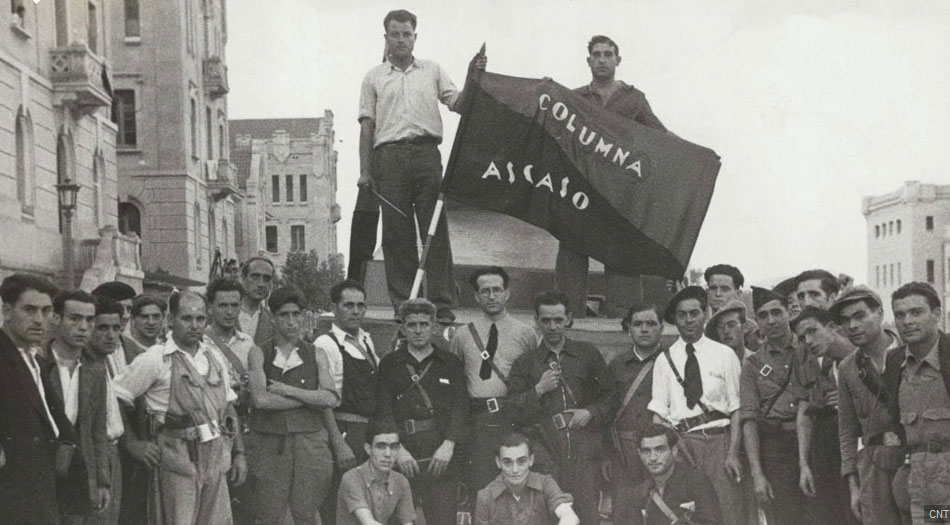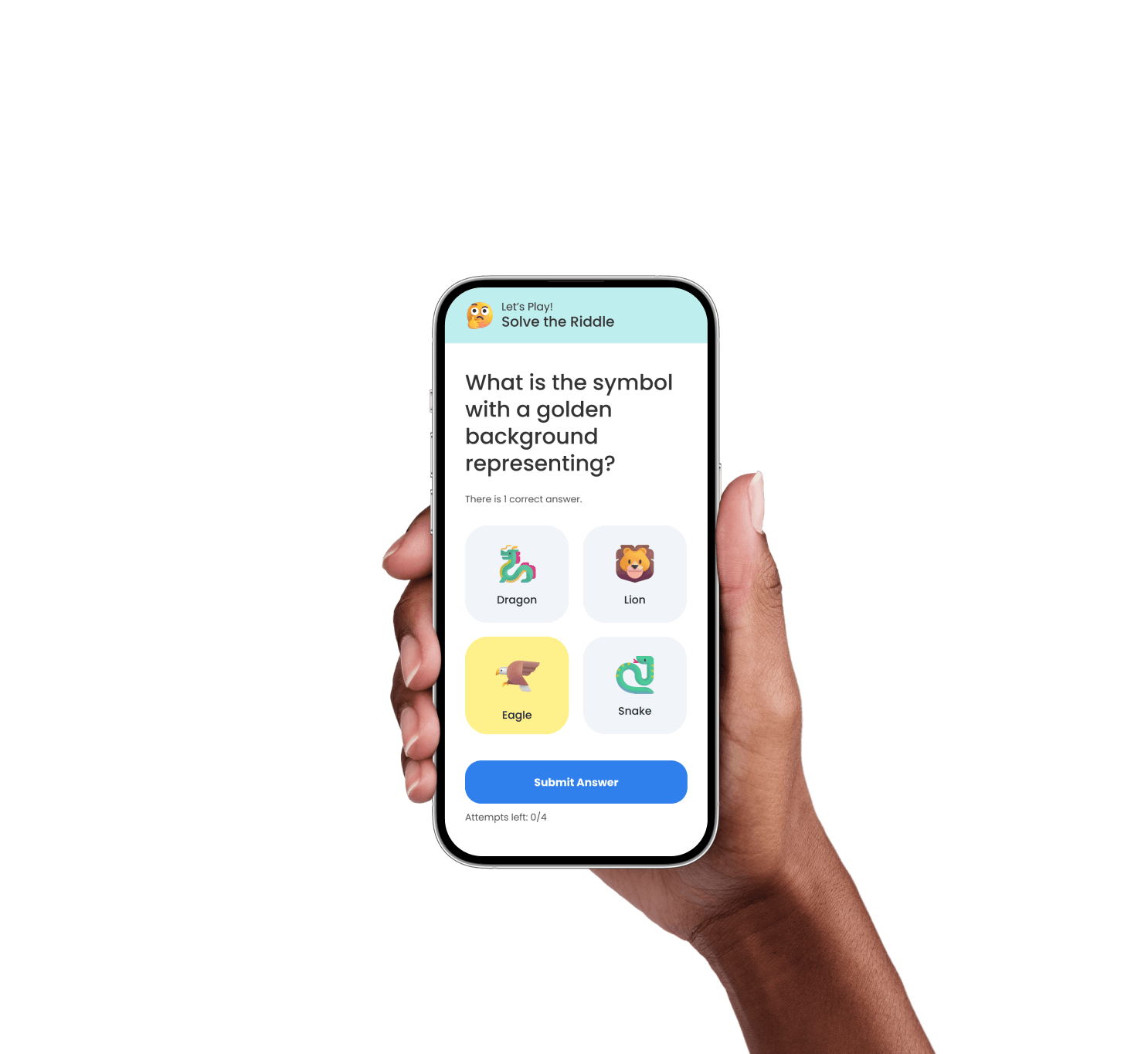
Barcelona anarchica: when the city belonged to its people
A rare moment in history when workers took the reins, and streets pulsed with possibility
Let me take you back to a different Barcelona — not the one of Gaudí’s curves or the beachside buzz, but a city draped in red and black flags, where trams ran without bosses and cafés became collective kitchens. From July 1936 to May 1937, Barcelona wasn’t just resisting fascism — it was reinventing itself.
A philosophy built in workshops and classrooms

Before the barricades, there were books. Catalonia’s anarchist movement stood on decades of thought and toil: libertarian socialism, rationalist education, and worker-run unions like the CNT. In May 1936, just weeks before the civil war broke out, the CNT’s Zaragoza Congress outlined a vision of “libertarian communism” — no bosses, no state, just a federation of self-governing communities.
These weren’t abstract dreams. The Ferrer Modern School had already seeded classrooms across Spain with secular, science-based education. Students learned not obedience, but how to think freely. When Franco’s coup failed in Barcelona that July, ideals became action.
Workers in the saddle

It took just days. By the end of July 1936, roughly 75% of Catalonia’s economy — from trams to textile mills — was in workers’ hands. Managers who fled were replaced by elected shop-floor delegates. Trains ran. Theatres opened. Streets were swept. Not by miracle, but by collective coordination.
One decree, passed that October, legalized these takeovers. It linked the factories into industrial councils and created a fund to share resources. Profitable industries supported weaker ones — mutual aid as policy, not charity.
Health and welfare, reimagined

The revolution didn't stop at the factory gates. It reached into kitchens, clinics, and classrooms. Federica Montseny, an anarchist and Spain’s first female cabinet minister, created maternity homes, refugee shelters, and legalized abortion — a first in Spain, seen as a health right for working-class women.
Neighbourhood committees opened free clinics, accident funds, and pensions. Meanwhile, local food councils organized wholesale warehouses, trucked in produce, and served thousands daily in communal kitchens. In factories, crèches were built so mothers could join the workforce without leaving their children behind. Education became free, rational, and rooted in the dignity of all.
Housing without landlords

Private property met a swift and quiet end. Over 500 buildings were expropriated in the first weeks — from stately mansions to rows of tenements. Many became schools, union halls, or emergency shelters for refugees. Rent was abolished. Families became collective tenants, overseen by housing councils. In wealthier areas, abandoned villas became dormitories shared by servants and workers alike.
In working-class barrios, people repaired slum buildings with syndicate funds and volunteer labour. The 1931 rent strike had already taught Barcelona’s poor how to organize — now they put that experience into practice on a city-wide scale.
A delicate dance with power

The anarchists didn’t take power — they dismantled it. But the war complicated everything. To get weapons and resist Franco, leaders of the CNT-FAI joined both the Catalan and Spanish governments. Some comrades called it betrayal. Others saw it as a grim necessity.
The result was a fragile truce between revolution and resistance — a balancing act that became harder with each passing month.
The end of the beginning

In May 1937, that balance shattered. Government forces, now increasingly influenced by Moscow-aligned communists, moved to seize the telephone exchange run by anarchists. Gunfire erupted in the streets. Hundreds died. The dream of a stateless city began to crumble.
By summer’s end, most revolutionary committees were gone. The state — with its ministries, police, and hierarchy — was back.
What remains
Yet for those ten months, Barcelona lived a different kind of reality. A city without landlords. A school system without priests. A transit network without bosses. Trams ran on time. Bread arrived. And people called each other "comrade," not “sir.”
This wasn’t utopia. But it was real. And for anyone who’s ever imagined a freer world, Barcelona’s anarchist experiment offers more than nostalgia — it offers proof.
Even now, if you walk the quiet backstreets of Poble-sec or Sant Andreu, you might catch an echo — of a time when the city breathed with one voice, and that voice belonged to the people.
